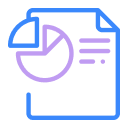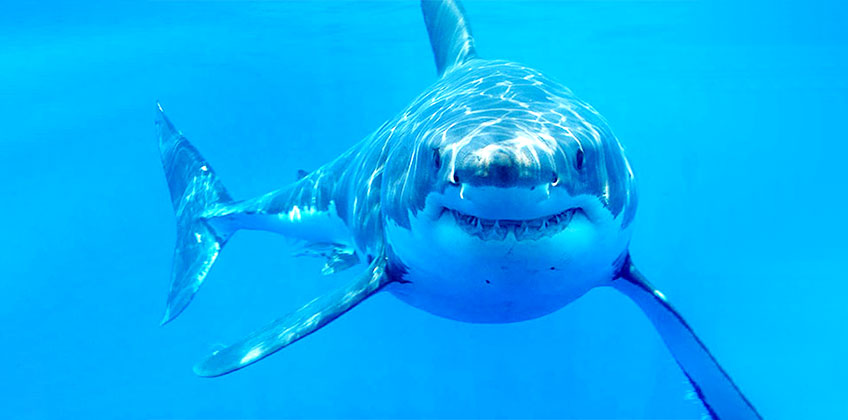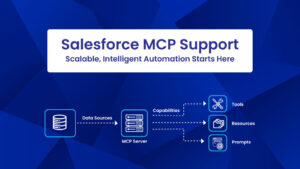After reading the title, you must be wondering ‘What’s this?’ What is the connection between tracking sharks and Salesforce? But you read it right. Some of Salesforce’s Einstein team members have collaborated with US Santa Barbara’s Benioff Ocean Initiative and are using AI to analyze drone footage in near real-time to track the movement of the great white sharks close to the shore of Southern California. This AI application will certainly help to keep the beaches safer.
We have seen some amazing AI use cases in recent times. Big data along with enhanced algorithms have taken AI out from research labs to drive some innovative and real-time applications. To name a few of the recent AI incredible applications are the hurricane forecasting system for the Caribbean, personalized classroom lessons, and best lead prediction for sales reps.
The recent application to track white sharks will certainly help to protect their quickly diminishing population. The significant increase in the great white shark sightings near the popular surfing areas in Santa Barbara had grabbed the attention of the local community as well as the scientists. Benioff Ocean Initiative Director and UCSB professor Douglas McCauley teamed up with Salesforce Director of Research Michael “MJ” Jones, Salesforce Chief Scientist Richard Socher and San Diego State Associate Professor of Computer Science Xiaobai Liu to find out a new way to identify the presence of sharks in the coastal waters using Salesforce Analytics & AI.
Salesforce R&D team then leveraged AI and train the Einstein Vision algorithm which is being used for visual search, brand detection, image recognition, and product identification. With the help of Einstein Vision, they analyzed the drone video in real-time to identify the shark movements without physically tagging them or touching the water. The project was called ‘Project SharkEye’.
Also Read: Image Recognition with the New Einstein Vision
Salesforce AI team worked with UCSB researchers and gathered the video by flying drones along a 10-mile stretch of beach. Einstein Vision was then taught to spot white sharks in the mighty blue ocean. However, to get real-time insights, computer vision was required. Training the algorithm was not an easy task. Einstein Vision has to learn to differentiate between shark species, such as a leopard shark and a great white. It had to rule out non-shark objects such as a large floating piece of kelp with a shark-like shape. Also, the algorithm has to learn which is a new shark or the same one. With time, the algorithm got smarter.
Salesforce also wanted to help the local community who were getting their livelihood from the ocean and the tourists. The shops, the schools, local businesses, lifeguards, etc. Salesforce lately offered Field Service Lightning mobile apps to the field workers such as lifeguards, marine biologists, surf teachers so that they can use the app for onsite job management, real-time collaboration, and access information. The app will involve the local community in the white shark tracking and protecting mission as they can avail of all the information using the Lightning mobile app such as how many sharks were spotted and where.
Project SharkEye was not only one of the all-time great AI use case, but also it allowed Salesforce to be helpful to the community. This initiative brought technology to a place where it was never been in the past.
Also Read: Salesforce Introduced Einstein Search to Personalize CRM Search Results with AI
To know more about Einstein Analytics and how it can help your business get more insights, please get in touch with us.
Source: Salesforce





















